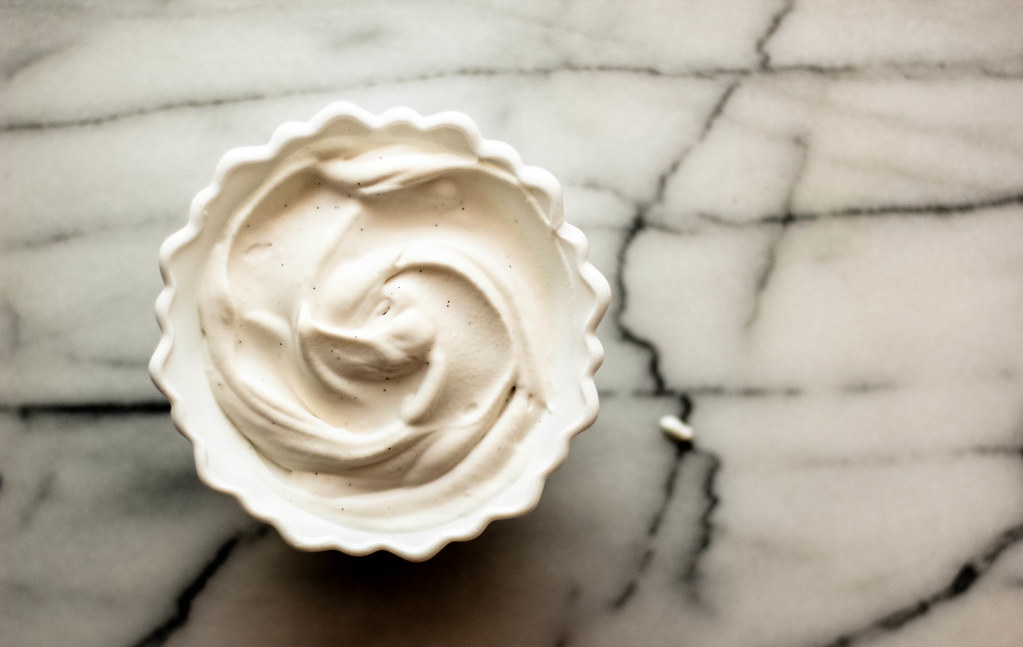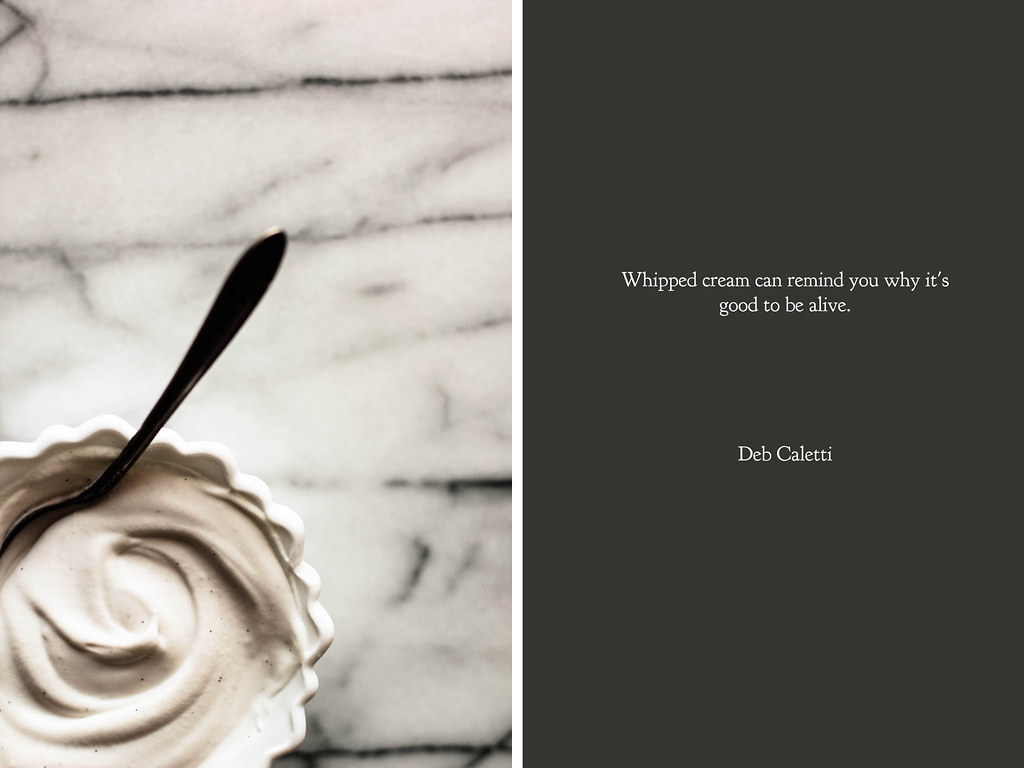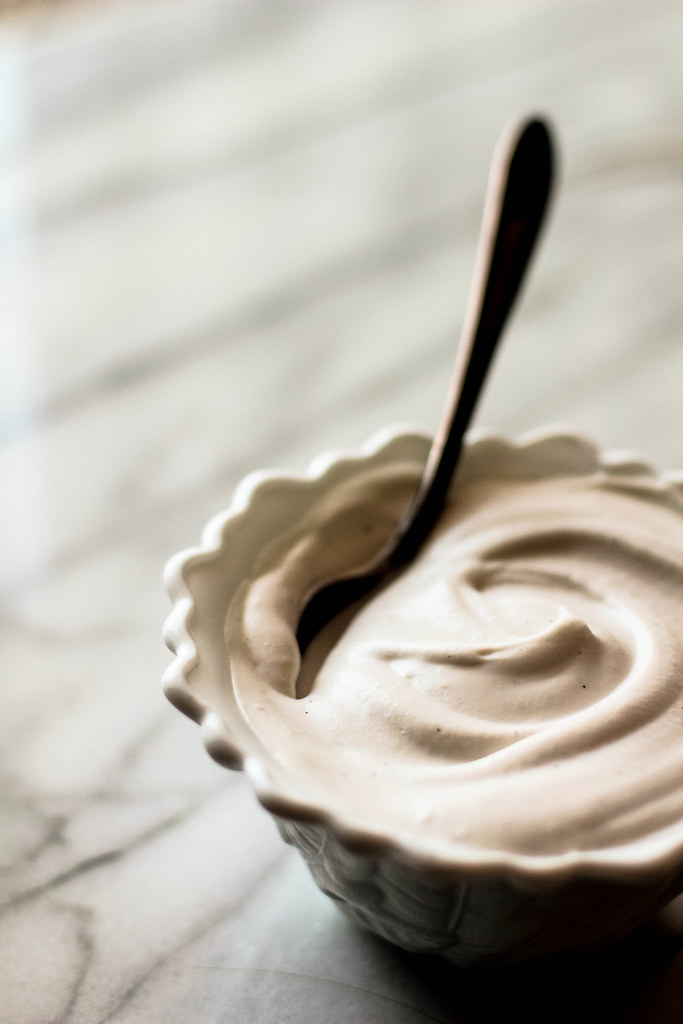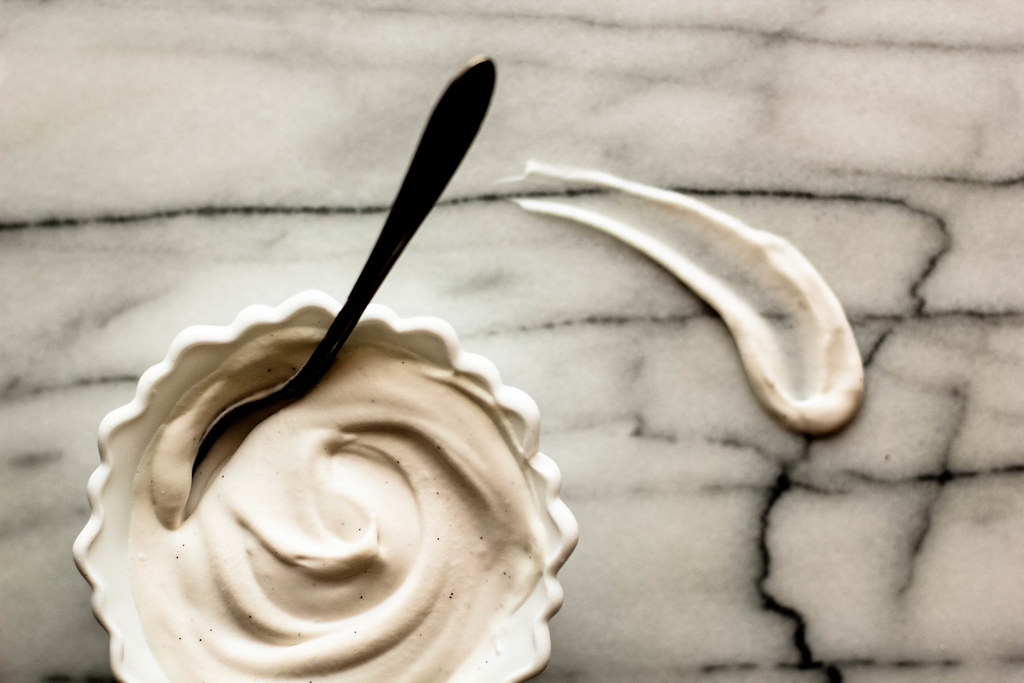
Since becoming both a baker and a blogger, I have noticed an intrinsic change in the way I approach, prepare, and appreciate food. In many ways, I anticipated that a small evolution would take place when I carefully typed out my first post, but I could not have imagined how much it would affect (and continue to affect) my life.
When I started blogging, it was out of desperate desire to find a passion for myself, a need to express the confused emotions and excitement of growing up and coming into my own. I latched onto the idea that baking was where I should be, clutching onto the hope as if it was the only life saver in my ocean of feelings. There was no evidence to support these feelings—I did not bake often and knew very little about it—but I was so frantic to find something to call my own that this indomitable mountain did not seem to matter. When I began blogging, I started from scratch. I taught myself how to create desserts through trial and error. I experimented with yeast, rolled out pie crusts, and stumbled around the kitchen, sharing these moments of discovery with you.

I have met people who have changed the way I think about food. While I lived in Montreal, my roommate unknowingly shared her philosophy of cooking and eating over the dinner table each evening, as she consistently prepared fresh and healthy foods (a feat I had yet to master). She took me to the local farmer's market and shared her thoughts about fruits and vegetables, as we wandered through the colorful, vibrant aisles with our market bags growing increasingly heavier. Though her wisdom was disguised as everyday conversation, she unconsciously taught me to treat my body with respect. Looking back, it was a lesson I needed to learn more than I understood.
By chance, I once listened to a segment on the radio in which Nigella Lawson talked about her perspective on summer fruits. Her passion was so evident and her descriptions so vivid that I was swept up in her approach to food. Her words affected me so deeply that I can recall them several years later.

In those early months of discovery, when I could not have anticipated what my approach to food would become, I imagined myself making colorful cakes and using sprinkles on everything from cookies to ice cream cakes. My real evolution has taken me by surprise—a mixture of rusticity, homespun flavors, and what I hope to be honesty. I am driven by the seasons and fall prey to my whims and cravings. What started as a desperate compulsion to find a passion has matured into a journey of butter, sugar, and self-discovery.
Any path that leads to something so simple and elegant as coconut whipped cream is a path I deem worth following.

Coconut Whipped Cream is a dairy-free/vegan alternative to traditional whipped cream. The natural fat content of coconut milk makes it possible to whip it up with a mixer, creating soft peaks. While coconut whipped cream is not as stiff as whipped cream, the flavor is immaculate and can be spooned over any dessert of your choosing. The natural subtlety of coconut, along with a few vanilla bean seeds, makes this whipped cream memorable.
One Year Ago: Sun Dried Tomato Basil & Brie Spread
Two Years Ago: Vanilla Almond Cupcakes and Banana Pudding
Coconut Whipped Cream
14 ounces (414 ml) full-fat coconut milk
1 tablespoon powdered sugar
1 teaspoon vanilla bean paste (or vanilla extract)
Chill the coconut milk in the coldest part of the refrigerator for 8 hours or overnight, taking care not to disturb or shake the container. The coconut milk will separate with the white liquid on top and the clear on the bottom. Once cold, flip over the can, open it, and carefully pour the clear liquid into a small container to save for another purpose, such as smoothie making (if you get too much of the clear liquid mixed with the white cream, the coconut milk will not whip up properly. Put the coconut milk back in the refrigerator and wait until it separates to try again). Place the thick, white coconut milk into a mixing bowl and beat in the powdered sugar. Continue whipping the coconut milk on high for 5-7 minutes while it increases in volume and gets soft peaks. Beat in the vanilla bean paste.
While you can use the whipped cream immediately, I find that it sets up a bit better if chilled in the refrigerator for 15 to 30 minutes before serving.
The coconut whipped cream will keep for several days. If it separates in the refrigerator, whip briefly before serving and it will come back together.
Use the coconut whipped cream to top anything you would eat with traditional whipped cream (or, like me, you can eat it shamelessly by the spoonful).